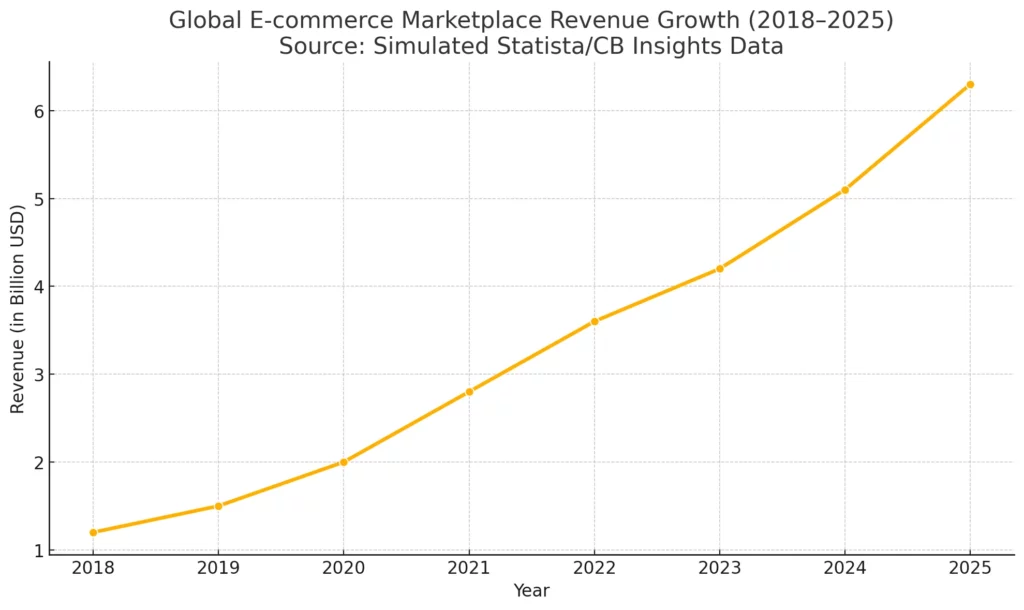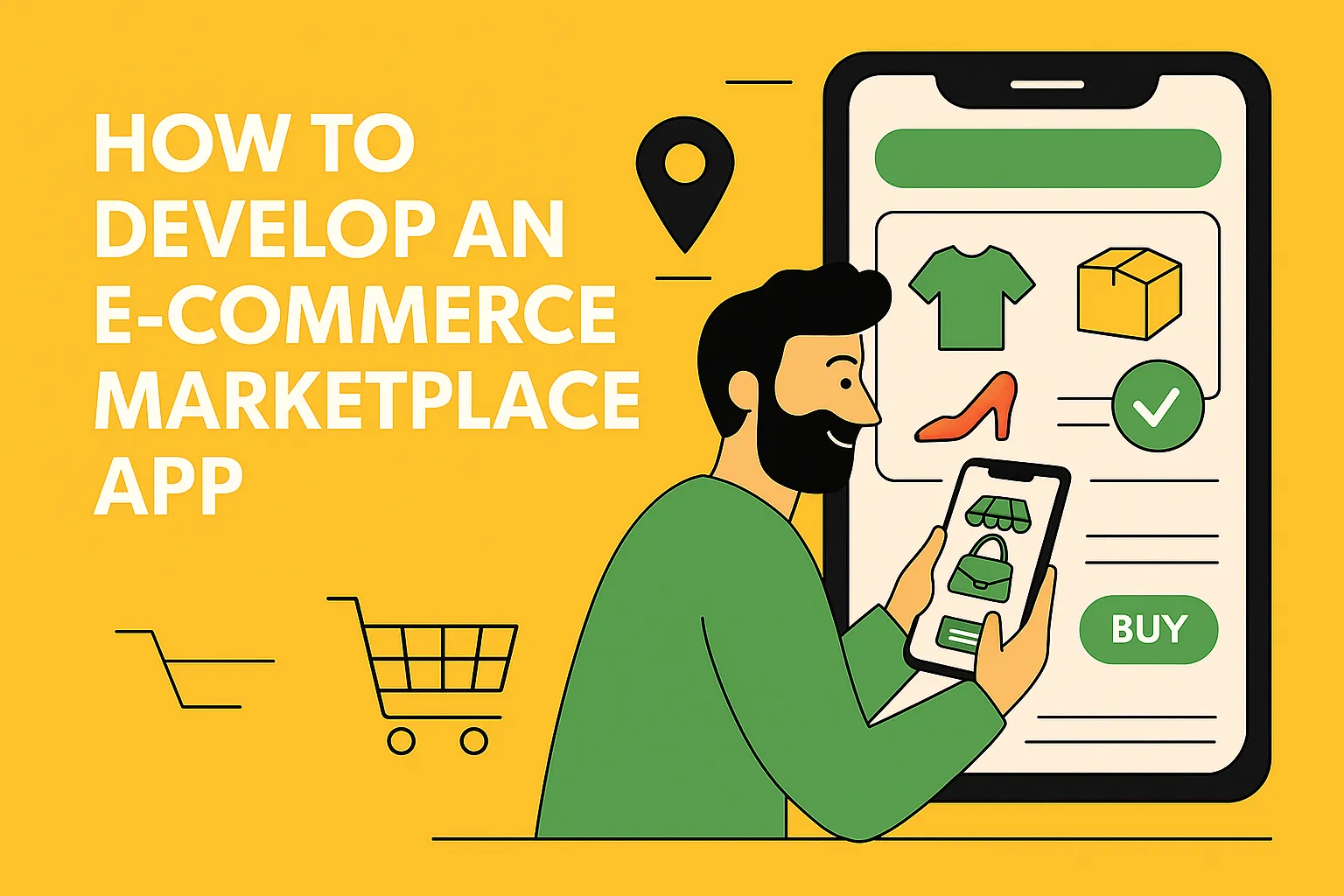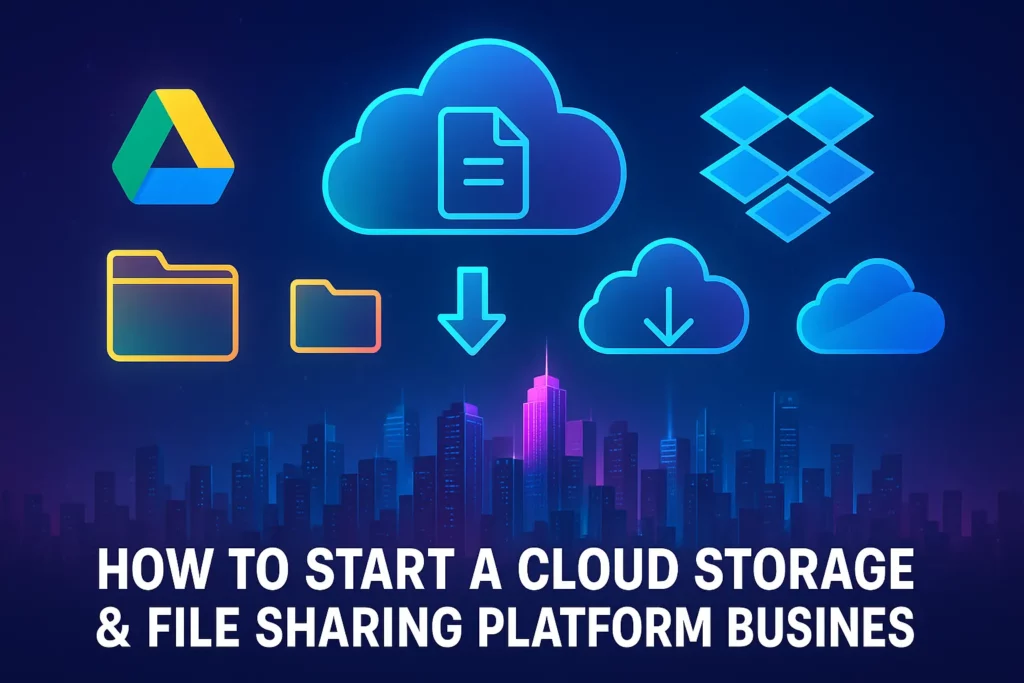So, you’ve got an idea to build the next big eCommerce platform. Maybe you’re inspired by Amazon, Noon, Flipkart—or you’re a niche dreamer thinking of launching a vertical marketplace for fashion, electronics, or handmade crafts. Either way, you’re in the right era. E-commerce isn’t just thriving—it’s exploding. And you don’t need VC millions to start. What you do need is a roadmap. And maybe a sanity check.
I’ve worked with founders who launched on WooCommerce, migrated to Shopify, then scrapped it all to build custom. Why? Because marketplaces have different DNA. You’re not just selling—you’re letting other people sell. That means users, sellers, transactions, logistics, returns, taxes, dashboards… it’s wild. But when done right? It prints money.
In this guide, we’ll walk you through how to build an e-commerce marketplace app that actually works—for your customers, your sellers, and your bottom line. Spoiler alert: Miracuves has helped dozens of startups do just that, with powerful clone solutions built for scale. Let’s dive in.
Why Marketplace Apps Are Winning in 2025
Forget brick-and-mortar, and even single-brand online stores. In 2025, the winners are the platforms that host entire ecosystems. Think Amazon. Noon. Etsy. Nykaa. People love having options, comparisons, and choices. And sellers love low-barrier entry and digital shelf space.

What’s driving this trend?
- Smartphones: Most users shop on mobile now.
- Cashless Payments: UPI, Apple Pay, PayPal—take your pick.
- Vendor-driven Growth: You scale faster with more sellers.
- Trust Layers: Reviews, return policies, and real-time delivery updates.
Step-by-Step: How to Develop an E-commerce Marketplace App
Step 1: Define the Business Model
Before a single line of code, figure this out:
- B2B, B2C, or P2P?
Are you connecting wholesalers, retail vendors, or individuals? - Commission or Subscription?
Will you charge per sale or offer monthly seller plans? - Who handles delivery & returns?
Centralized, third-party, or seller-managed?
This step dictates every tech and UI decision you’ll make later.
Step 2: Plan the Feature Set
Think like a buyer, seller, and admin. Here’s your blueprint:
Buyer Features
- Easy onboarding
- Smart product discovery
- Wishlist, filters, and quick checkout
- Order tracking + notifications
- Loyalty programs or wallets
Vendor Features
- Profile & product management
- Inventory sync
- Sales analytics
- Return/refund handling tools
- Promotion modules
Admin Panel
- Vendor approvals
- Product moderation
- Commission management
- Sales reports
- Banner/offer updates
Step 3: Choose the Right Tech Stack
Your stack defines your scalability and speed. Here’s a winning combo:
- Frontend: React Native / Flutter
- Backend: Node.js / Laravel
- Database: PostgreSQL + Redis
- Storage: AWS S3 or DigitalOcean Spaces
- Payments: Stripe, Razorpay, PayPal
- Notifications: Firebase Cloud Messaging
- Logistics APIs: Shiprocket, Delhivery, Fetchr
Step 4: Build the MVP (Minimum Viable Platform)
You don’t need 100 filters or an AI recommendation engine on day one. Build for:
- Signup/login flow
- Product listings
- Cart & checkout
- Order tracking
- Seller onboarding
- Admin dashboard basics

Common Mistakes & How to Avoid Them
| Mistake | Better Solution |
|---|---|
| Too many features at launch | Start with core flows |
| No seller onboarding process | Automate with form + docs |
| Delayed deliveries | Integrate with local logistics early |
| Ignoring Arabic/RTL/Multilingual | Use Miracuves’ built-in localization |
| Poor mobile UX | Go mobile-first, always |
Miracuves Makes It Easy
When you choose Miracuves, you get:
- A pre-built, customizable marketplace clone
- Multi-vendor capabilities
- Mobile apps for buyers and sellers
- Admin panel for complete control
- Fast deployment and ongoing support
Whether you’re building the next Noon clone, Flipkart, or a niche fashion marketplace—Miracuves is your technical co-founder.
Conclusion & Final Thoughts
If you’re looking to build an eCommerce marketplace in 2025, you’ve picked the right time—and the right blog. The opportunity is big, the tools are mature, and the user demand is real.
At Miracuves, we help innovators launch high-performance app clones that are fast, scalable, and monetization-ready.
Ready to turn your idea into reality? Let’s build together.
FAQs
1) Is it better to build from scratch or use a clone?
Unless you’ve got unlimited time and budget, a clone saves you 6–12 months of dev work.
2) Can I add my own branding and features?
Yes! Clone apps from Miracuves are fully white-label and customizable.
3) How much does it cost to develop a marketplace app?
It depends, but a clone-based build ranges from $5,000 to $25,000 depending on features.
4) Does it support multiple vendors?
Absolutely. That’s a core part of the architecture.
5) What about delivery and logistics integration?
You can connect to third-party APIs like Shiprocket, Delhivery, Fetchr, etc.
6) Is it secure for transactions?
Yes. All clones are PCI-DSS compliant and support SSL encryption, tokenized payments, and secure user auth.







